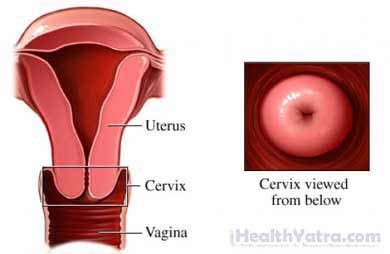Definition
This is a test to detect human papillomavirus (HPV). HPV is a virus spread by sexual contact. Certain types of HPV increase your risk of getting cervical cancer. HPV is also the cause of genital warts.
The HPV test is approved to detect some types of HPV on a woman’s cervix (located in back of the vagina). Currently, there is no test to screen men for this condition.

Reasons for the Test
The HPV test is done if you are 21 years or older and have abnormal Pap smearresults. If you are 30 years or older, your doctor may also use the HPV test along with the Pap smear to screen for cervical cancer.
Possible Complications
There are no major complications associated with this test.
What to Expect
Prior to Test
Do not schedule the test during your menstrual period.
To be more comfortable, urinate before the test.
Description of Test
You will lie on your back. Your feet are placed in foot rests. You will be asked to let your legs fall open to the side. A medical instrument, called a speculum, will be gently inserted into the vagina. It opens the vagina so that the doctor can view the cervix. A swab will be inserted into the vagina. The swab will be used to wipe the walls of the cervix. The swab will then be sent to the lab. This test is most often performed at the same time you are having a Pap smear.
How Long Will It Take?
This test takes less than five minutes.
Will It Hurt?
There is no pain associated with this test.
Results
Results of the HPV test may take two to three weeks. Your doctor will talk to you about your results. Depending on the results, you may need more tests or treatments.
Call Your Doctor
After the test, call your doctor if any of the following occur:
- Signs of infection, including fever and chills
- Foul vaginal odor, pain, or unusual vaginal discharge
- Severe abdominal pain or swelling
In case of an emergency, call for medical help right away.
